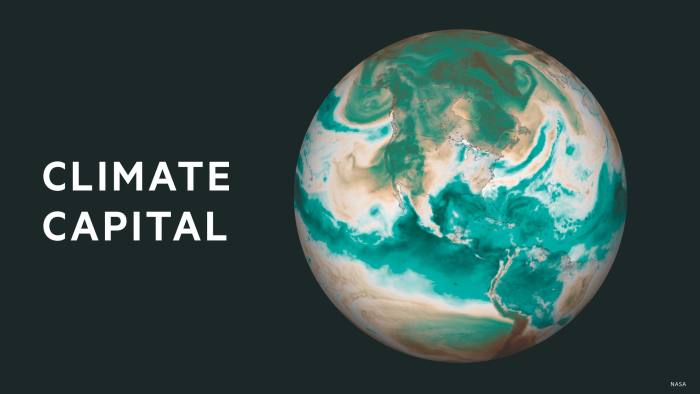[ad_1]
An initiative to plough $1bn into soyabean and cattle farming free of deforestation in threatened South American ecosystems by 2025 fell short of an initial investment goal by almost half in its first year.
The Innovative Finance for the Amazon, Cerrado and Chaco pledge was launched at the COP26 environment summit in Glasgow in 2021, backed by a group of agribusiness and financial companies.
Its aim is to provide attractive financing, such as through favourable interest rates, to farmers who undertake not to cut down trees or convert forested land, among other conservation measures. The Ifacc signatories collectively committed to release $200mn to farmers in 2022.
However, only $111mn was disbursed last year, illustrating the practical difficulties of implementing ambitious climate finance commitments.
Organisers say the scheme is the first attempt to scale up funding for deforestation-free beef and soy production in the three biomes, which are vital stores of carbon, water and biodiversity. Across the regions, the two commodities are major drivers of forest and vegetation clearance.
The initiative’s co-ordinators described the milestone as “great progress” and blamed the shortfall partly on the time and costs involved in structuring the necessary financial products.
It was also difficult to access so-called “catalytic” capital from parties such as development financial institutions or philanthropic foundations that are willing to take on higher risk over longer periods, they said.
“That process of working with farmers to bring them along with a different way of doing business and then agreeing on transaction terms of the loan — it just takes time,” said Greg Fishbein, a director at The Nature Conservancy, one of the scheme’s co-ordinators.
The others are the UN Environment Programme and the Tropical Forest Alliance, part of the World Economic Forum.
Rising global interest rates had increased funders’ cost of capital, which they needed to pass on to potential borrowers, Fishbein said. “In some cases, the farmers no longer wanted to accept those interest rates,” he added. “Our goal remains $1bn by 2025.”
Total commitments under Ifacc have risen to $4.3bn, with 15 companies now on board.
The money disbursed last year all went to producers in the Cerrado, a vast tropical savannah that lies mostly in Brazil. Ifacc aims to expand funding to farmers in the Amazon and in Argentina and Paraguay’s part of the Chaco, which is home to South America’s second-largest forest and also spreads across Bolivia and a small area of Brazil.
Ifacc’s participants include Sustainable Investment Management, a UK-based environmental finance boutique. Under a pilot scheme funded by supermarkets Tesco, Waitrose and Sainsbury’s, it loaned $11mn to 36 soy growers in the Cerrado last year.
“We raised a lot less than we were originally planning,” said Pedro Moura Costa, Sim founder and chief executive. “This year we’re hoping to expand it to $50mn-$60mn and the objective next year is $150mn.”
Its fund, aiming to demonstrate the effectiveness of the concept, was a scaled-back version of a previous plan to raise a $300mn green bond for similar purposes in 2020.
Costa said the earlier project fell apart following the Covid-19 pandemic, the withdrawal of large grain traders and the election of former Brazilian president Jair Bolsonaro, who took office in 2019 and was criticised by campaigners for anti-environmental stances.
Historically low interest rates in Brazil a few years ago also made it difficult to lend competitively, he said. But with the central bank’s base rate in Brazil back in double digits, Sim’s credit lines were now up to a quarter cheaper than commercial market rates, added Costa.
“The proof of concept is there and the whole cycle is closing now. Soy was planted, it has been harvested and we don’t expect any financial or environmental defaults,” he said. “It’s proven — now let’s ramp it up.”
Climate Capital

Where climate change meets business, markets and politics. Explore the FT’s coverage here.
Are you curious about the FT’s environmental sustainability commitments? Find out more about our science-based targets here
[ad_2]
Source link
